
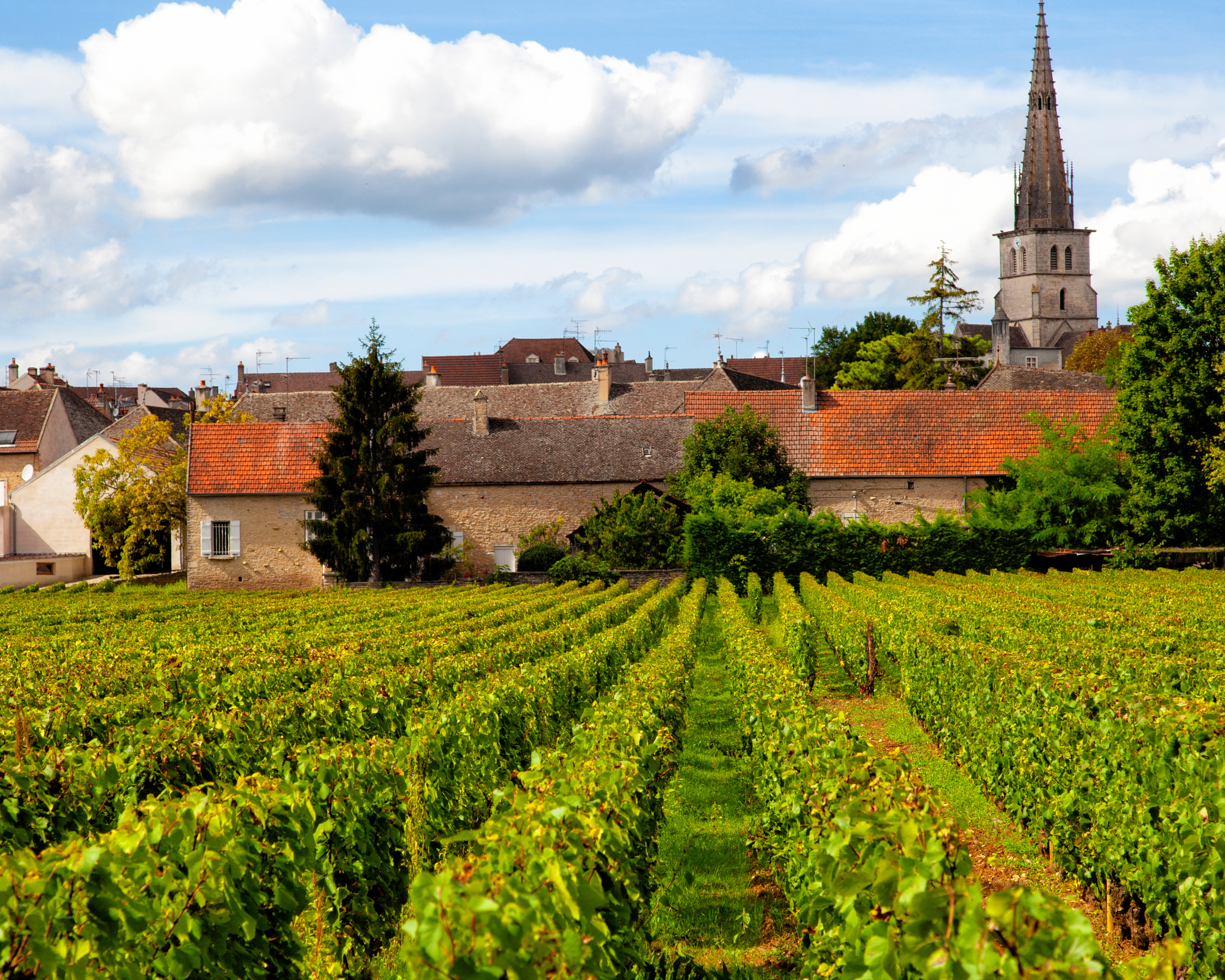
Burgundy: The Essence of Terroir and Tradition
Burgundy’s vineyards are the soul of its world-renowned wines, where small plots and centuries of winemaking expertise come together to create magic in a bottle.
In Burgundy, the vineyard defines the wine, and each bottle tells a unique story.
– Unknown
Burgundy: Where Vineyards and Villages Shape Legendary Wines
Burgundy is a region of small vineyard plots, centuries-old villages, and wines of unmatched finesse. Located in eastern France, this area is a dream destination for wine lovers, revered for its ability to produce both world-class Pinot Noir and Chardonnay. Burgundy wines are often seen as the purest expression of terroir, with subtle differences in soil and microclimate reflected in every bottle.
The region is divided into five major sub-regions, each with its distinct style and reputation:
- Côte de Nuits: The spiritual home of Pinot Noir, where villages like Gevrey-Chambertin, Vosne-Romanée, and Nuits-Saint-Georges produce some of the world’s finest red wines. Known for their complexity and longevity, these wines are cherished by collectors.
- Côte de Beaune: Renowned for producing both reds and exceptional whites, including the prestigious Montrachet. Villages such as Pommard, Volnay, and Meursault exemplify balance and elegance in their wines.
- Chablis: A separate sub-region in the north, Chablis focuses on mineral-driven Chardonnays, thanks to its limestone-rich soils. These wines are famous for their crispness, green apple notes, and refined acidity.
- Côte Chalonnaise: A lesser-known region that offers affordable yet high-quality wines. With villages like Mercurey and Givry, it produces value-driven Pinot Noir and Chardonnay for everyday enjoyment.
- Mâconnais: Best known for its Chardonnay-based wines, with notable appellations like Pouilly-Fuissé offering full-bodied, creamy whites at more accessible price points.
Beyond wine, Burgundy’s charm lies in its medieval villages, ancient vineyards, and gastronomy, making it a cultural and culinary hub. Visitors can explore historic wine cellars, Michelin-starred restaurants, and local markets bursting with regional specialties like escargots, boeuf bourguignon, and Époisses cheese.
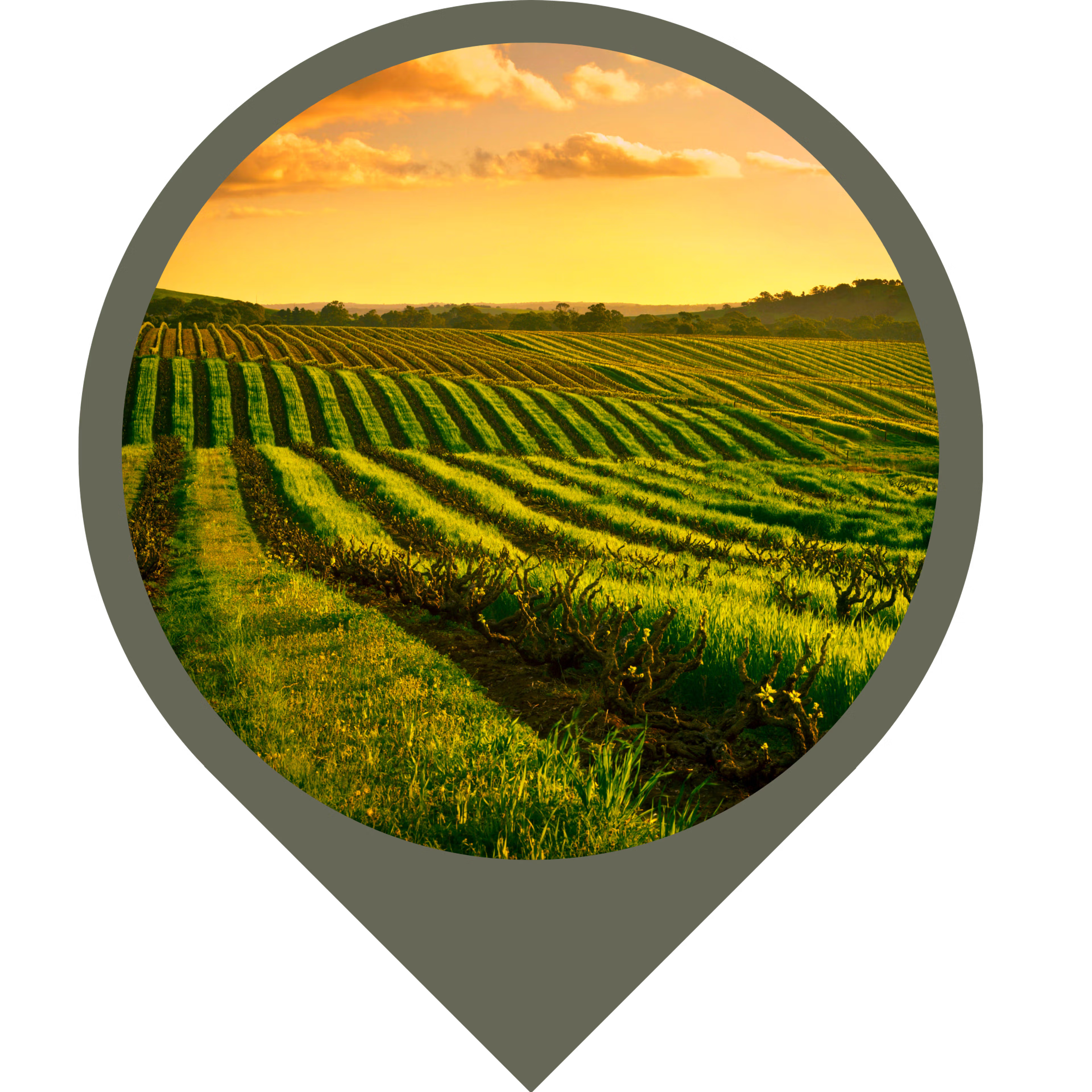
Burgundy’s Rich and Varied Landscapes
The Sub-regions That Define Burgundy’s Wine Identity
Burgundy’s diversity is rooted in its distinct sub-regions, each with its own unique terroir, grape varieties, and winemaking styles. These sub-regions collectively shape the global reputation of Burgundy as a producer of refined, terroir-driven wines.
Côte de Nuits – The Heart of Pinot Noir Excellence
Located in the northern part of Burgundy’s Côte d’Or, the Côte de Nuits is home to some of the world’s most prized red wines, almost exclusively made from Pinot Noir. Villages such as Gevrey-Chambertin, Vosne-Romanée, and Nuits-Saint-Georges are internationally revered for producing wines with complex aromas of black cherry, truffle, and earthy minerality, and an impressive aging potential.
Côte de Beaune – A Balance of Reds and Whites
The southern half of the Côte d’Or, the Côte de Beaune, is celebrated for its white wines, especially from the prestigious vineyard Montrachet, often described as the finest expression of Chardonnay in the world. Villages like Meursault and Puligny-Montrachet are famous for their creamy, nutty whites with citrus and mineral undertones, while Pommard and Volnay produce elegant reds with softer tannins.
Chablis – Fresh, Mineral-Driven Chardonnay
Chablis lies farther north, near the town of Auxerre, and is known for its steely, crisp Chardonnays with high acidity and minerality. The region’s limestone and Kimmeridgian soils impart distinct flavors of green apple, citrus, and flint, making Chablis wines a benchmark for cool-climate Chardonnay.
Côte Chalonnaise – The Hidden Gem of Burgundy
Situated south of the Côte de Beaune, the Côte Chalonnaise is a more affordable alternative to the prestigious Côte d’Or. Villages such as Mercurey and Givry produce high-quality, value-driven Pinot Noir and Chardonnay, offering approachable wines with red fruit aromas and refreshing acidity.
Mâconnais – Gateway to Fuller, Creamy Whites
Best known for its Chardonnay production, the Mâconnais offers full-bodied, creamy whites with flavors of ripe apple, peach, and hazelnut. The village of Pouilly-Fuissé is a standout, delivering highly regarded Chardonnays at more accessible prices compared to the Grand Crus of the Côte de Beaune.
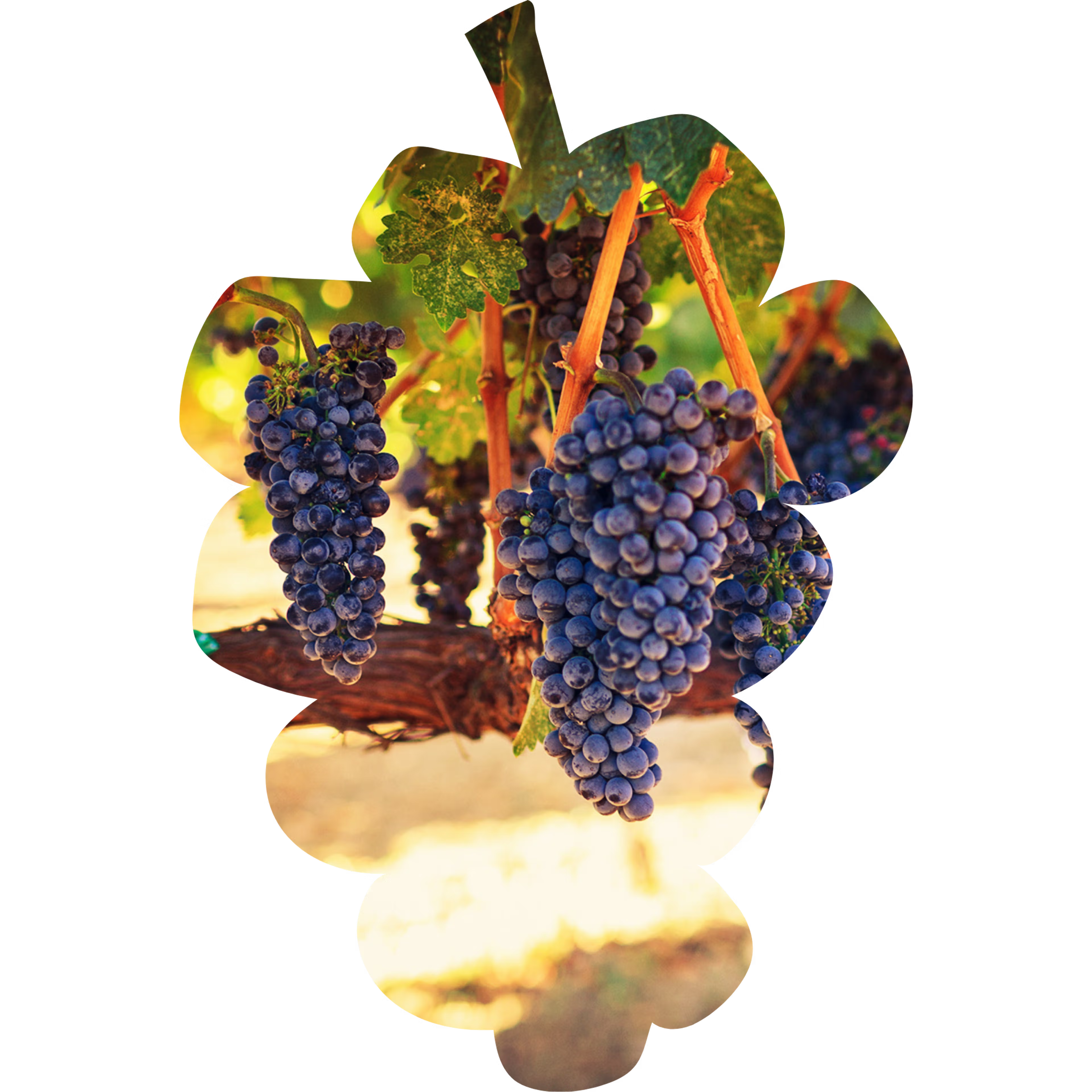
The Grapes Behind Burgundy’s Iconic Wines
Pinot Noir and Chardonnay: Burgundy’s Legendary Duo
Burgundy’s reputation rests on two noble grape varieties—Pinot Noir and Chardonnay—each capable of producing world-class wines that reflect the region’s unique terroir.
Pinot Noir – Burgundy’s Signature Red
Pinot Noir is the dominant red grape in Burgundy, grown extensively in the Côte de Nuits, Côte de Beaune, and Côte Chalonnaise. Known for its delicate skins and complex flavor profile, it produces wines with elegant red and black fruit notes, earthy undertones, and silky tannins.
Pinot Noir from the Côte de Nuits is typically full-bodied, with notes of black cherry, plum, and truffle, while in the Côte de Beaune, it tends to be more refined and floral, with softer tannins and bright red fruit flavors. This versatility makes Pinot Noir the perfect reflection of Burgundy’s diverse terroirs.
Chardonnay – The Backbone of Burgundy’s Whites
Burgundy’s white wines are dominated by Chardonnay, particularly in regions like Chablis, the Côte de Beaune, and Mâconnais. Chablis Chardonnay offers a steely, mineral-driven style, with crisp green apple and citrus notes, thanks to the region’s cool climate and limestone soils.
In the Côte de Beaune, Chardonnay is more opulent, often showing nutty, buttery notes and flavors of ripe orchard fruits. The village of Montrachet produces some of the world’s most prestigious Chardonnays, known for their richness, complexity, and aging potential.
Meanwhile, the Mâconnais region provides more affordable and approachable Chardonnays, with fuller body and flavors of stone fruit, honey, and cream.
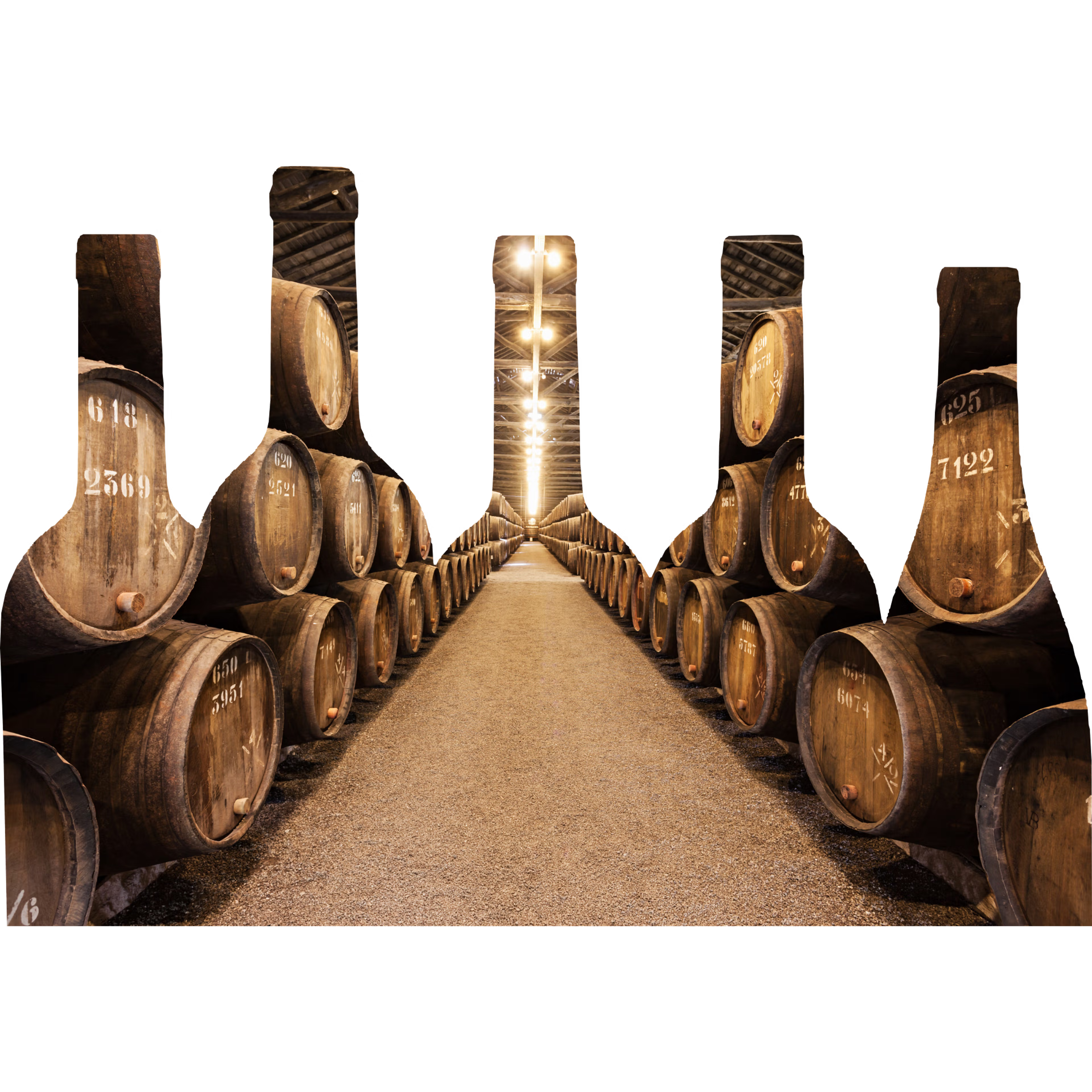
The Winemakers That Define Burgundy’s Legacy
Burgundy’s Legendary Wine Producers
Burgundy’s fame is built on the craftsmanship of its legendary producers, who respect the land and have honed their techniques over centuries. These estates produce wines that are revered around the world.
Domaine de la Romanée-Conti (DRC) is arguably the most prestigious estate in Burgundy. Producing wines from several Grand Cru vineyards, including the world-renowned Romanée-Conti, DRC wines are known for their unparalleled complexity, elegance, and long aging potential. Bottles from this estate are among the most expensive and sought-after globally.
Domaine Leflaive, based in Puligny-Montrachet, is celebrated for its exceptional white wines made from Chardonnay. With holdings in some of the most prestigious vineyards in the Côte de Beaune, Domaine Leflaive crafts wines with rich textures, minerality, and incredible aging capacity. Its Montrachet and Bâtard-Montrachet are particularly revered.
Domaine Leroy is another iconic name, producing wines known for their biodynamic practices and attention to detail. Owned by Lalou Bize-Leroy, the domaine is celebrated for its intense and powerful Pinot Noirs from vineyards in Vosne-Romanée, Clos de Vougeot, and beyond. These wines are known for their concentration and depth.
Many other producers, such as Domaine Faiveley, Domaine Ponsot, and Maison Louis Jadot, contribute to Burgundy’s prestige, ensuring that the region remains at the forefront of the wine world.
The Most Iconic Burgundy Vintages
Burgundy’s vintages are defined by the region’s cool climate, variable weather conditions, and small vineyard plots, making every harvest distinct. A good vintage can elevate wines from excellent producers to legendary status. Below are some of the most revered vintages of recent decades, along with what makes them special:
1990 – A Benchmark Vintage of Power and Balance
- One of the most celebrated vintages of the 20th century, 1990 produced ripe and generous wines that combine power and elegance. The warm growing season ensured optimal ripeness for both Pinot Noir and Chardonnay. The red wines, particularly from Vosne-Romanée and Gevrey-Chambertin, display rich black fruit, velvety tannins, and a long aging potential. The whites from Puligny-Montrachet and Meursault have evolved beautifully, showcasing buttery textures, citrus notes, and minerality even decades later.
1996 – High Acidity and Longevity
A vintage celebrated for its high acidity and structure, 1996 produced long-lived wines with a backbone of freshness, making them ideal for extended cellaring. Reds, particularly from the Côte de Nuits, reveal red cherry, cranberry, and earthy complexity as they mature. The white wines from Chablis and the Côte de Beaune are particularly outstanding, offering vivid minerality, citrus notes, and zesty acidity that have kept them vibrant even today.
2005 – A Legendary Modern Vintage
- Hailed as one of the best modern vintages in Burgundy, 2005 benefited from ideal growing conditions, resulting in small, concentrated grapes with excellent tannins and acidity. Reds from the Côte de Nuits have rich layers of black fruits, truffle, and spice and will continue evolving over the next few decades. The whites from Montrachet and Meursault exhibit power, complexity, and precision, with notes of stone fruits, hazelnuts, and honey. Collectors and connoisseurs alike regard 2005 as a benchmark year.
2010 – Precision and Structure
- Cooler conditions in 2010 created wines with elegance and precision, offering lively acidity and refined tannins. The reds are structured and aromatic, showcasing flavors of red and black berries, underbrush, and spices. Over time, they develop earthy notes and more depth. The whites are equally exceptional, with crisp minerality and bright citrus notes, especially in Puligny-Montrachet and Chassagne-Montrachet.
2015 – Warm, Generous, and Accessible
- A warm growing season in 2015 resulted in ripe, plush wines with soft tannins and generous fruit. The reds are lush and approachable even in their youth, but the best examples, particularly from Gevrey-Chambertin and Nuits-Saint-Georges, possess the structure for long-term aging. The whites, especially from Corton-Charlemagne and Meursault, are full-bodied, creamy, and packed with stone fruit flavors, making them both enjoyable now and worthy of further aging.
2018 – Opulent and Fruit-Driven
- 2018 saw generous yields and ideal ripening, resulting in full-bodied, expressive wines with concentrated flavors and silky textures. Reds from the Côte de Nuits are bold, rich, and aromatic, with flavors of ripe cherry, blackberry, and spices. Whites, particularly from Chablis and Pouilly-Fuissé, offer a balance of richness and acidity, with flavors of ripe orchard fruits, honey, and subtle oak integration. This vintage is accessible young but promises further complexity with age.
Keep your wines at the perfect temperature
Find the ideal wine cooler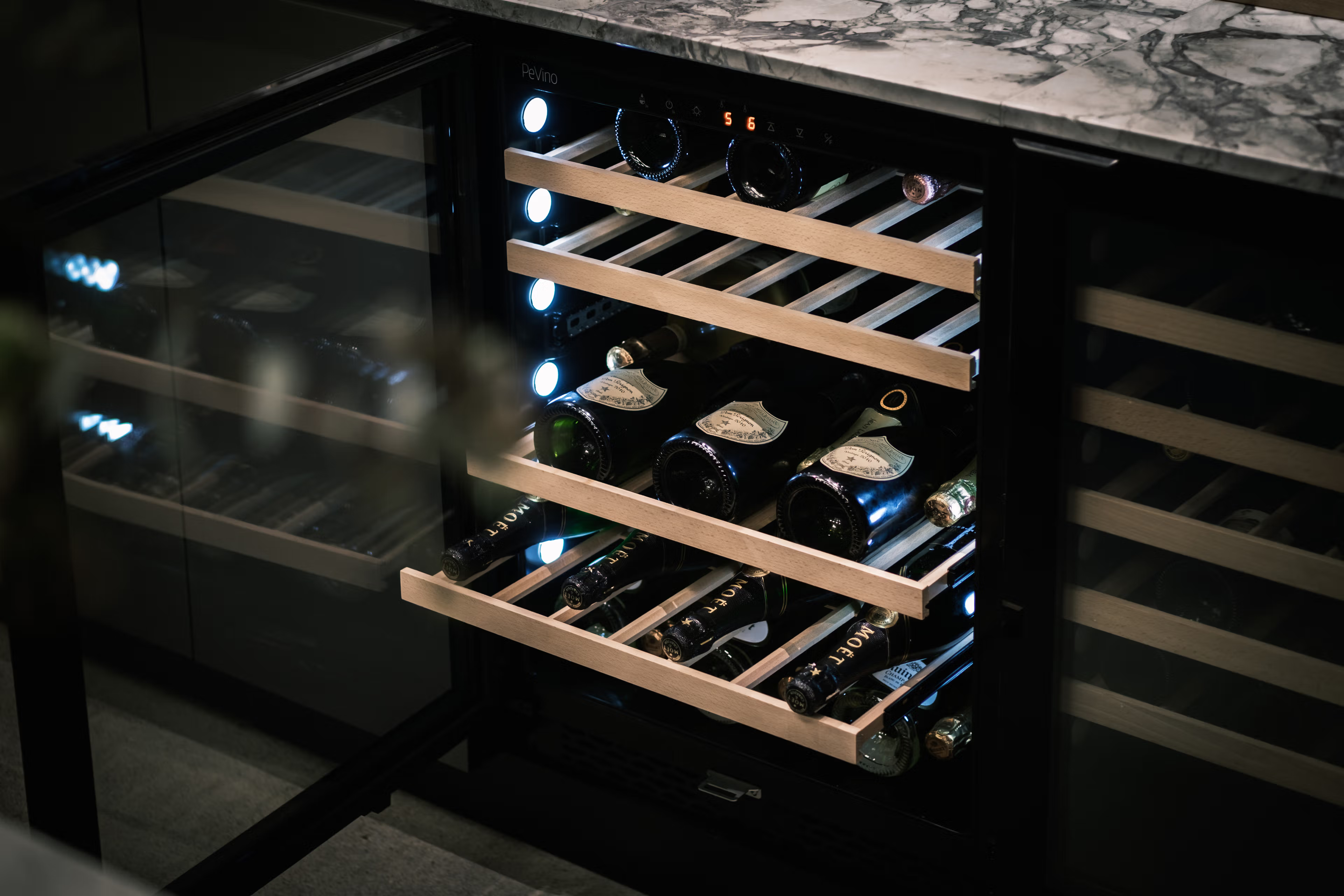
Showcase your collection in style
Discover elegant wine racks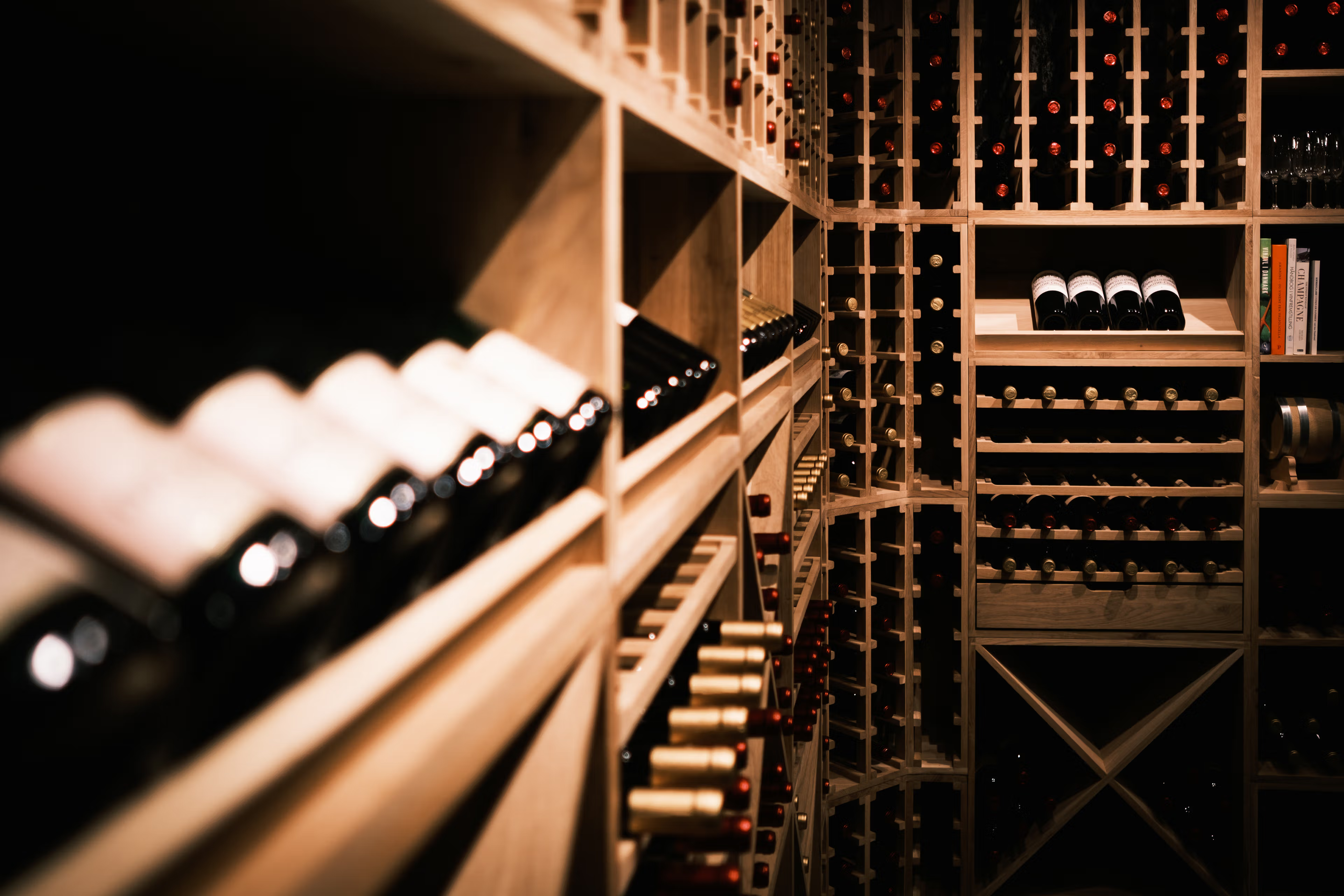
Exploring Burgundy’s Vineyards – Terroir, Tradition, and Excellence
Burgundy is more than a wine region—it is a place where terroir and tradition shape every vintage, producing wines of elegance and complexity. Situated in eastern France, Burgundy’s small vineyard plots, or climats, have defined winemaking here for centuries, making it one of the most prestigious wine regions in the world.
Terroir and Diversity Across Sub-regions
What sets Burgundy apart is its diverse terroir. The vineyards are divided into distinct sub-regions, each offering a unique expression of Pinot Noir and Chardonnay.
The Côte de Nuits, often referred to as the heart of red Burgundy, is famous for full-bodied, long-lived wines. Villages such as Gevrey-Chambertin and Vosne-Romanée are home to iconic vineyards that produce complex reds with aromas of cherry, truffle, and earth.
In contrast, the Côte de Beaune excels in both red and white wines. The villages of Meursault and Puligny-Montrachet produce world-renowned Chardonnays with flavors of ripe citrus, nuts, and creamy textures. The reds, including those from Pommard and Volnay, offer softer tannins and delicate floral notes.
Further north, Chablis produces mineral-driven Chardonnays, thanks to the region’s cool climate and limestone-rich soils. These wines are prized for their crisp acidity and flinty character, making them ideal for food pairing.
Meanwhile, regions like the Côte Chalonnaise and Mâconnais offer affordable alternatives while maintaining high quality. Villages like Mercurey and Pouilly-Fuissé are known for their approachable and expressive wines, perfect for both casual drinkers and collectors.
Pinot Noir and Chardonnay – The Foundation of Burgundy Wines
Pinot Noir and Chardonnay are the cornerstones of Burgundy’s wine production. Pinot Noir thrives in the cool climate of the Côte de Nuits, where it develops flavors of red berries, plum, and earthy undertones. Its delicate nature makes it a true reflection of terroir, with wines from Grand Cru sites offering exceptional depth and complexity.
Chardonnay dominates the white wine scene, from the crisp, citrus-driven wines of Chablis to the rich and opulent whites of the Côte de Beaune. Grand Cru vineyards such as Montrachet produce wines that are considered among the best white wines in the world, offering a balance of minerality, structure, and aging potential.
Notable Producers and the Importance of Vintage
The region’s most revered producers, including Domaine de la Romanée-Conti, Domaine Leflaive, and Domaine Leroy, have built Burgundy’s legacy on small-scale production and attention to detail. These producers ensure that each vintage tells a story of the vineyard, the weather, and the expertise of the winemaker.
Vintages in Burgundy vary significantly due to the region’s variable climate. Years like 1990, 2005, and 2018 stand out for their ideal growing conditions, producing wines with rich concentration and aging potential. However, even in cooler years, Burgundy’s top producers can create exceptional wines through careful vineyard management and blending techniques.
Aging and Storing Burgundy Wines
One of Burgundy’s defining characteristics is its ability to age gracefully. Reds from the Côte de Nuits and Côte de Beaune can develop complex layers of earth, leather, and dried fruit over decades, while white wines from Puligny-Montrachet or Chablis gain depth, minerality, and nutty complexity with age.
To preserve these wines, they should be stored at a consistent temperature of 12-14°C, with a humidity level of 70-80%. Young wines, especially tannic reds, can benefit from decanting for 30-60 minutes before serving.
Burgundy’s Place in the Global Wine Landscape
Burgundy remains a benchmark for winemakers around the world, from the cool-climate vineyards of Oregon to the elegant Chardonnays of Australia’s Yarra Valley. Its influence extends beyond wine production, serving as a symbol of precision, tradition, and respect for the land.
Whether you’re sipping on a Premier Cru from Vosne-Romanée or an affordable Chardonnay from Pouilly-Fuissé, Burgundy’s wines offer a timeless journey into the heart of terroir-driven winemaking.